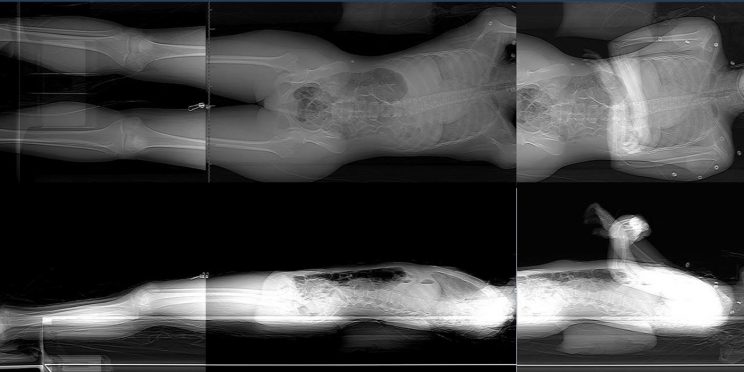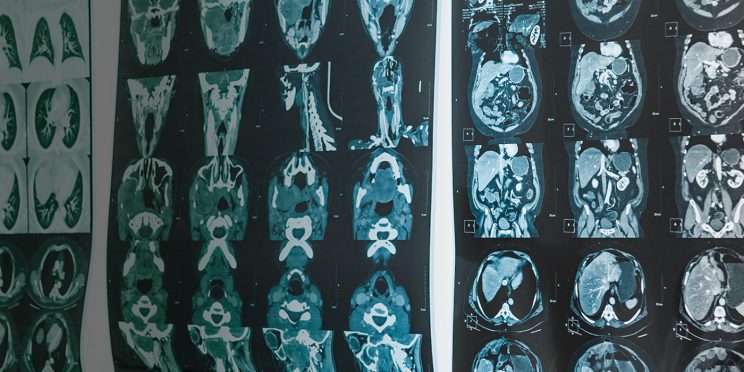The webinar originally occurred on March 12, 2019
Duration: 1.5 hours
Overview
This webinar will introduce stable isotope analysis and its validity as analytical tool in establishing the geographic origin and life history of unidentified individuals from forensic and humanitarian contexts. In such cases where comparison with missing persons reports and DNA is not feasible - or even possible because geographic origins are unknown - the use of stable isotope analysis is a viable option for determining provenance and has been used successfully in a number of forensic cases to determine regional origins.
Detailed Learning Objectives
- What are stable isotopes.
- What information can be extracted from stable isotope analysis.
- What are the potential forensic applications in a Humanitarian context.
Presenter
- Elena Kranioti | Medical Doctor, Graduate of the University of Crete (2003), and certified Forensic Pathologist (2007) in Greece
Funding for this Forensic Technology Center of Excellence webinar has been provided by the National Institute of Justice, Office of Justice Programs, U.S. Department of Justice.
The opinions, findings, and conclusions or recommendations expressed in this webinar are those of the presenter(s) and do not necessarily reflect those of the U.S. Department of Justice.
Contact us at ForensicCOE@rti.org with any questions and subscribe to our newsletter for notifications.




